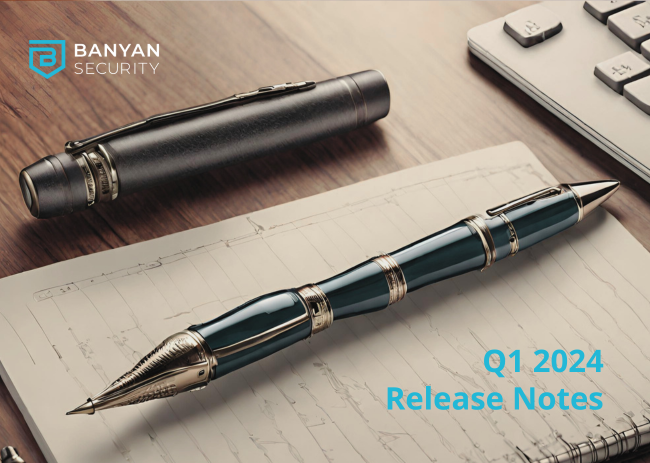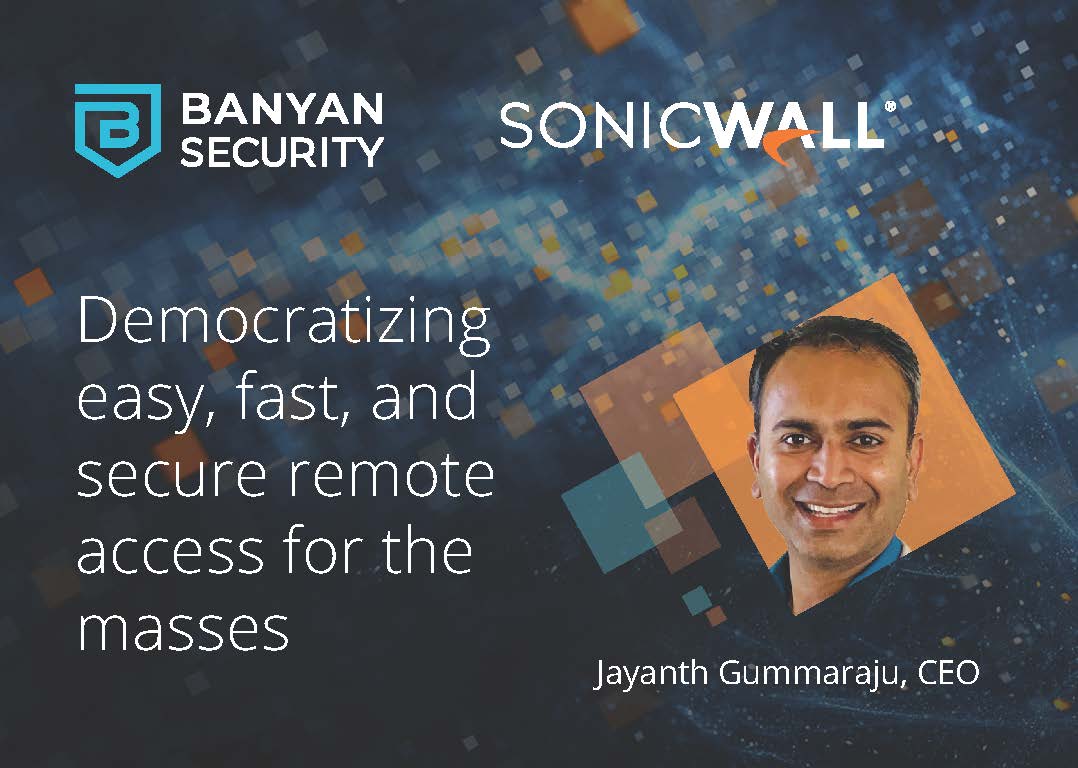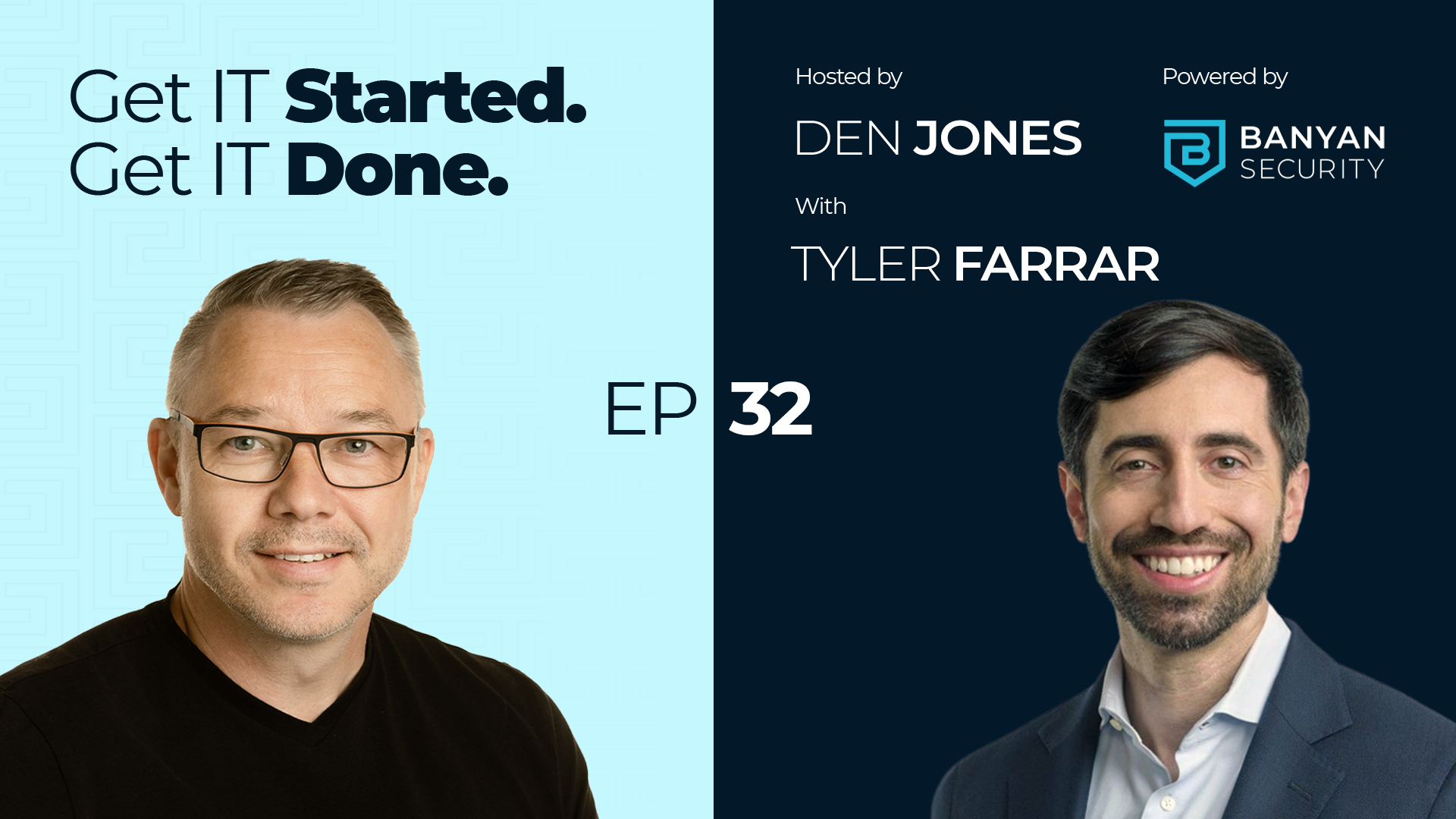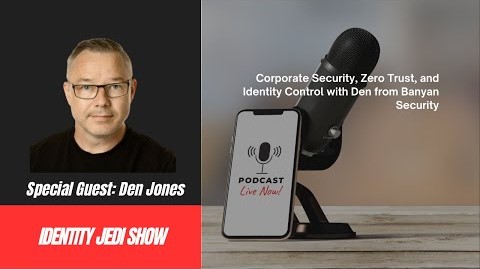Glossary
Build your knowledge of cloud network security and Banyan terminology through this comprehensive glossary.
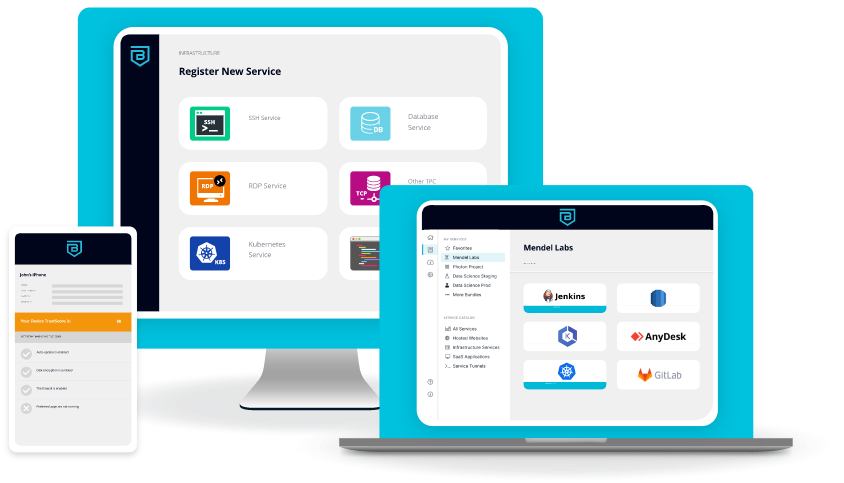
Access Control
Access Control is the practice of restricting and managing user access to resources, systems, or networks. It ...
Access Tier
An Access Tier is an identity-aware proxy and gateway that mediates access into a private network segment within ...
Advanced Persistent Threat (APT)
An Advanced Persistent Threat (APT) is a targeted and prolonged cyber attack by skilled attackers who gain ...
Anti-Phishing
Techniques and mechanisms implemented in SWGs to detect and block phishing attacks, which attempt to deceive users ...
API
Application Programming Interface, a set of protocols and tools that allows different software applications to ...
API Attack Surface
The set of all endpoints and functions exposed by an application programming interface (API) that could be ...
API Integration
The process of connecting and integrating CASB solutions with cloud service provider APIs to enable security ...
APT35
Overview: APT35, also known as Charming Kitten, Newscaster, or Mint Sandstorm, conducts long-term, ...
APT39
Overview: APT39, also known as Chafer, surveils individuals and entities considered to be a threat to Iranian ...
APT41
Overview: APT41, also known as Brass Typhoon. Espionage targeting healthcare, telecoms, and the high-tech sector, ...
Aquatic Panda
Overview: Aquatic Panda collects intelligence and conducts industrial espionage.
Suspected Attribution: ...
Attack Surface
The total sum of all potential points or areas in a system, network, or application that are susceptible to ...

